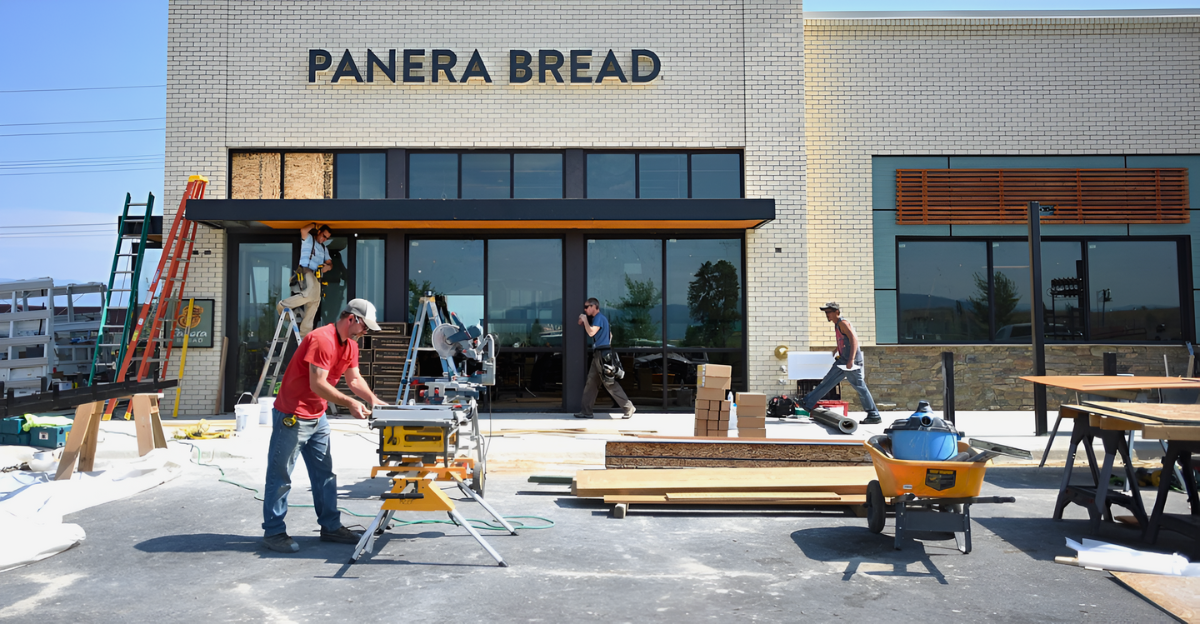
For years, stepping into a Panera Bread café meant catching the scent of bread just pulled from the oven, a comfort as familiar as the menu board. That wasn’t just good marketing; it resulted from a hands‑on, in‑house artisan‑dough process the company had followed for decades. Dough was mixed fresh daily at regional “Fresh Dough Facilities,” delivered overnight, and baked in‑café before sunrise.
In a move executives describe as “not a decision made lightly,” Panera is swapping that ritual for a frozen par‑bake system. This shift will eliminate hundreds of jobs across the U.S. over the next two years.
The CEO’s New Recipe for Survival
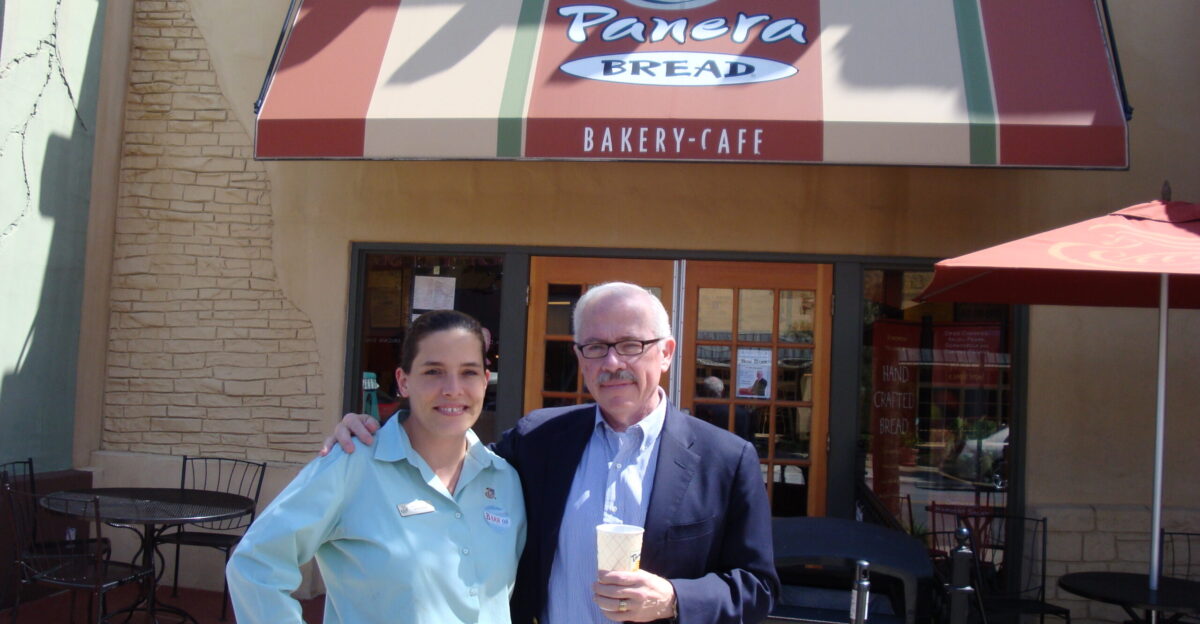
In April 2025, CEO Paul Carbone confirmed Panera would close all nine remaining Fresh Dough Facilities within two years. He told Nation’s Restaurant News that it was part of a larger turnaround plan to keep Panera competitive in a dining world reshaped by delivery apps, inflation, and shifting tastes.
First Closures Already Underway
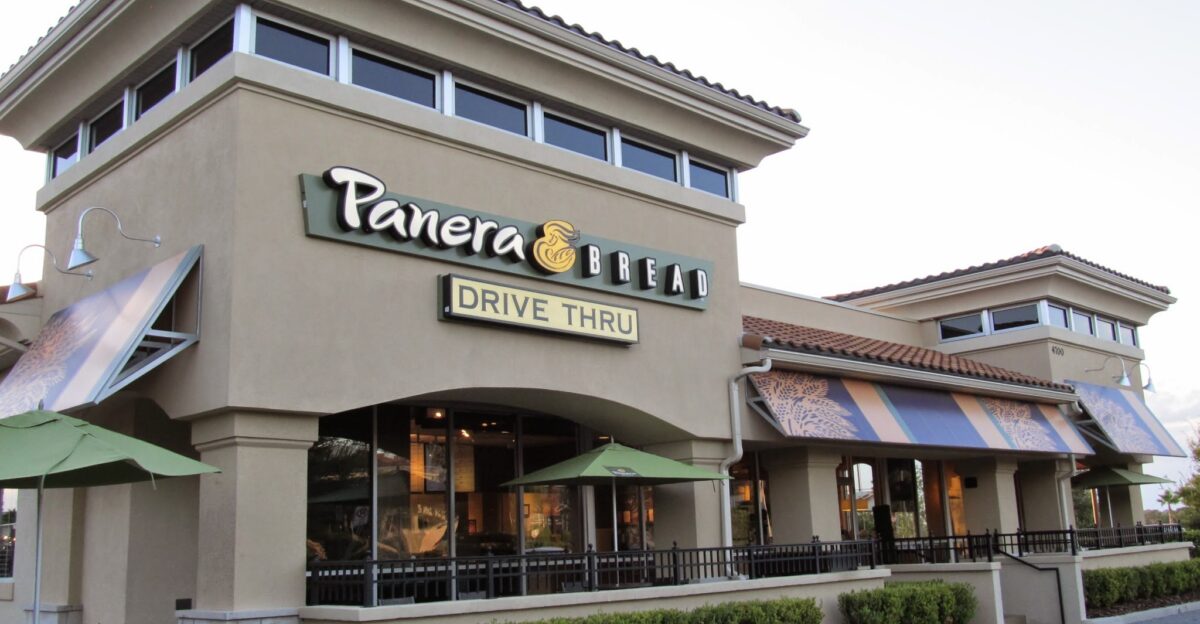
Some facilities have already taken their final batch out of the oven. In Brentwood, Missouri — once a bustling Midwest dough hub — the ovens will go cold by September 12, leaving 72 people without jobs. Farther east, in Edison, New Jersey, another 201 workers will fold their aprons for the last time when the plant shuts later this year.
A Coast‑to‑Coast Rollout of Layoffs
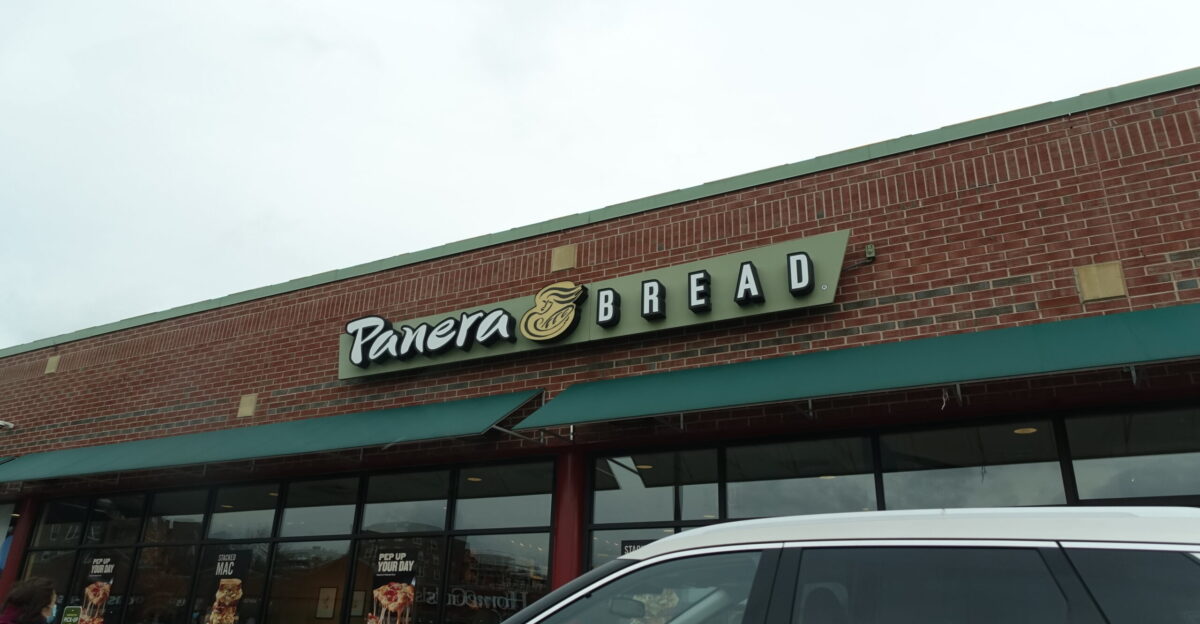
This isn’t limited to one region. California, North Carolina, and Kansas facilities have also filed closure notices in 2025, cutting hundreds more jobs. Panera says it’s offering severance packages and career placement help.
However, for many, the loss isn’t just financial – it’s the ending of a craft they’ve poured their hearts and early mornings into for years, work that has shaped both their skill and their sense of pride.
How It’s Always Been Done — and Loved
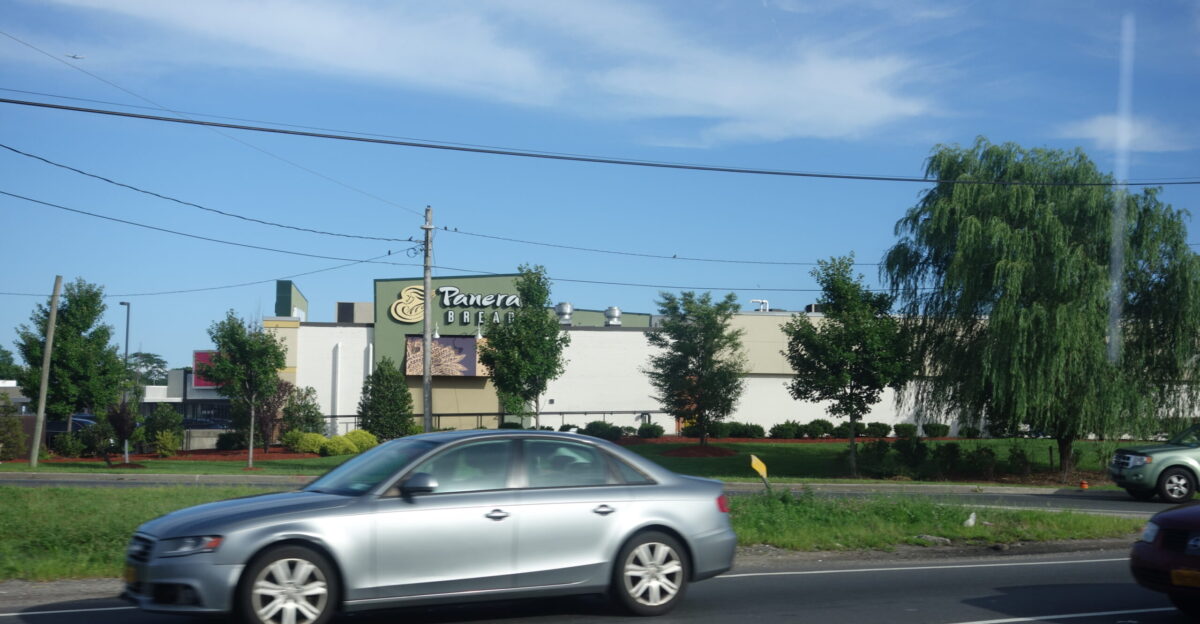
The Fresh Dough Facility model was part science, part ritual. Each night, trucks delivered dough crafted by skilled bakers who understood the fine balance of fermentation, hydration, and timing. By morning, cafés were alive with the smell of proofing loaves and baking bread, an experience that defined “artisan” in a chain setting.
Why Panera Is Changing the Recipe
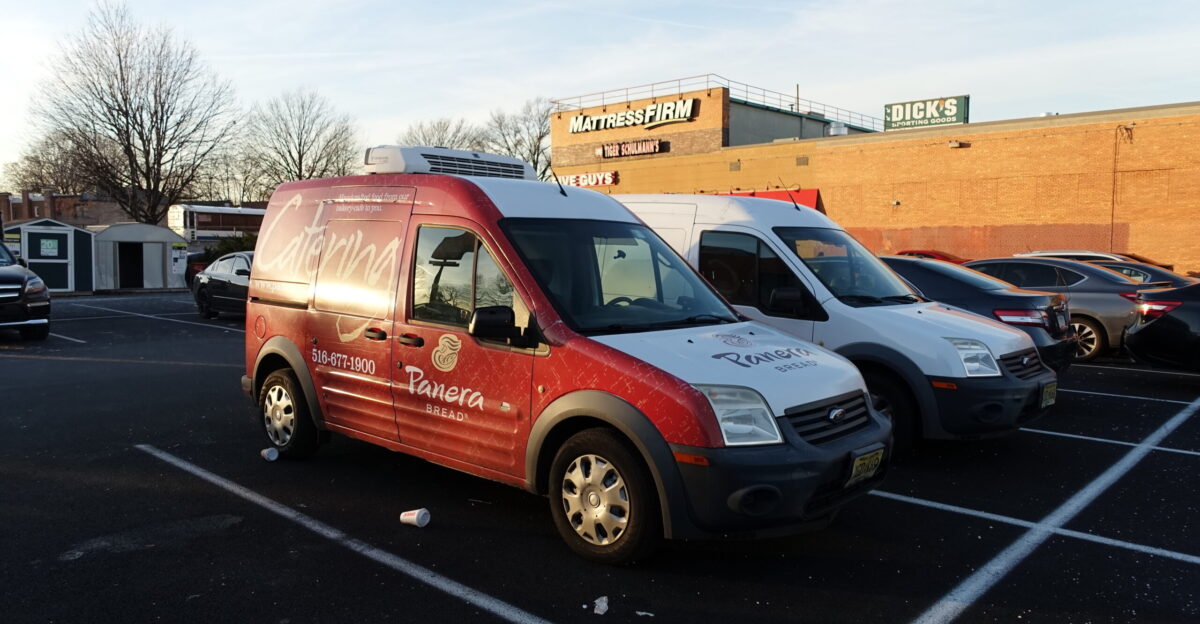
Rising labor costs and a more complicated menu are part of the story. However, executives also point to logistics as fresh dough delivery is pricey, and limits Panera on where it can open new spots.
Today’s delivery apps have raised the bar … customers expect warm, fresh bread whether they show up at 8 a.m. or 8 p.m.
The Frozen Future
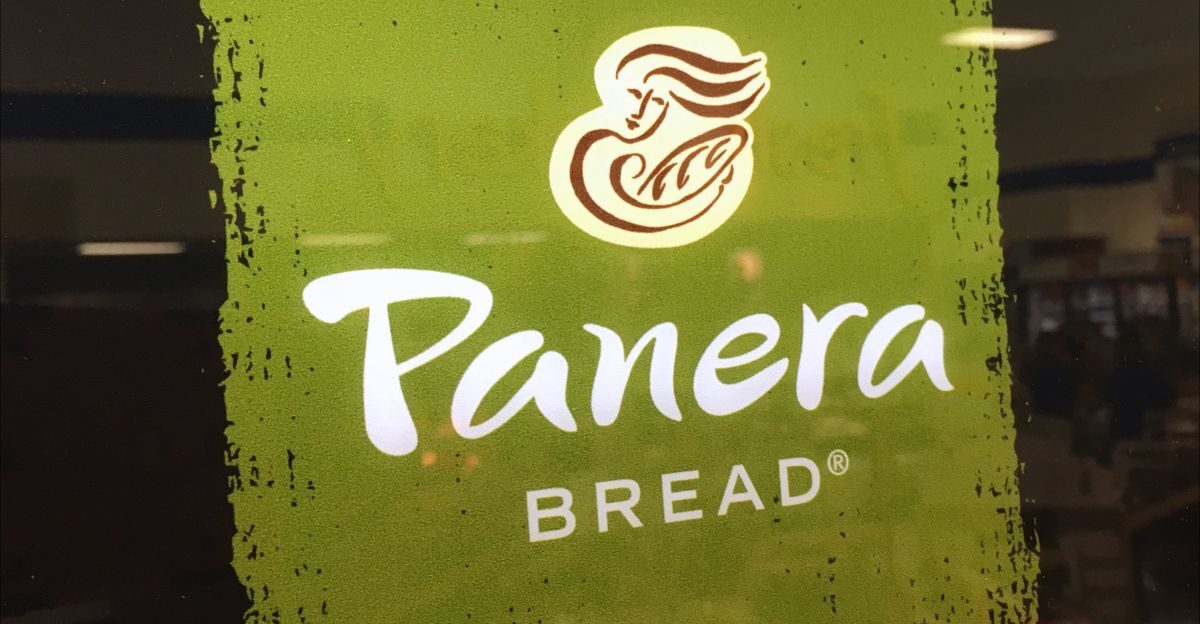
Under the new system, third-party bakeries will mix Panera’s recipes, partially bake the bread, then freeze and ship it to cafés. From there, staff will finish baking on-site whenever needed, meaning fresh bread can be pulled from the oven multiple times throughout the day.
Corporate Confidence in the Switch
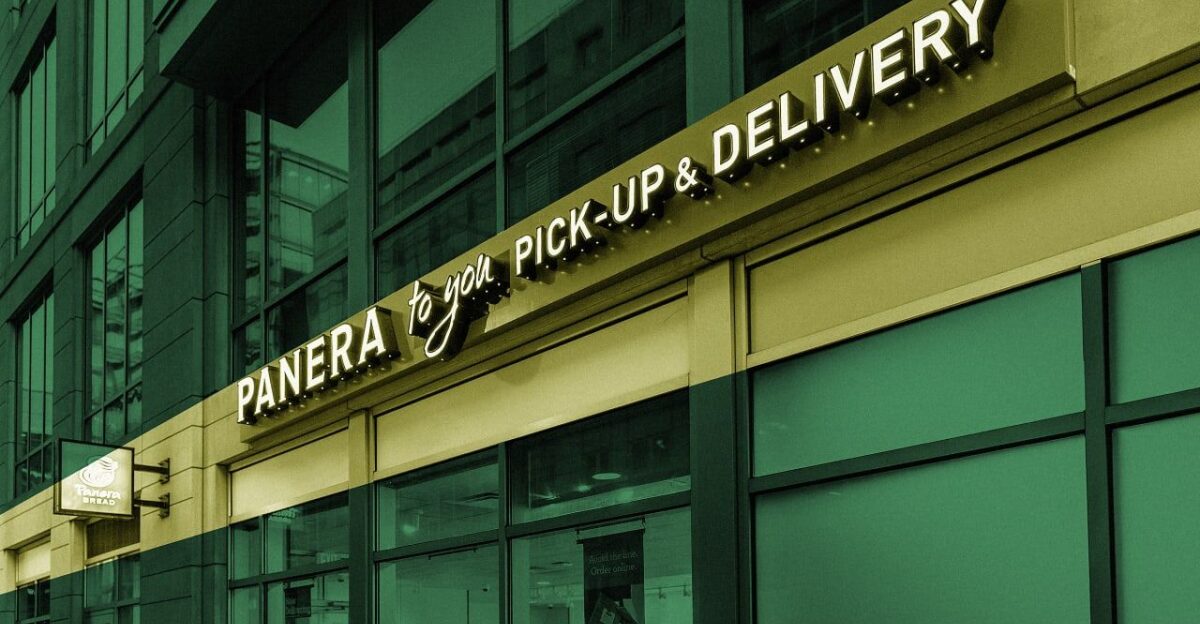
Chief Corporate Affairs Officer Brooke Buchanan told DailyMail that this new approach will allow Panera to expand into regions previously unreachable by overnight dough trucks. At the same time, it ensures that customers across the country enjoy the same consistent products no matter where they are.
“Not a Decision Made Lightly”
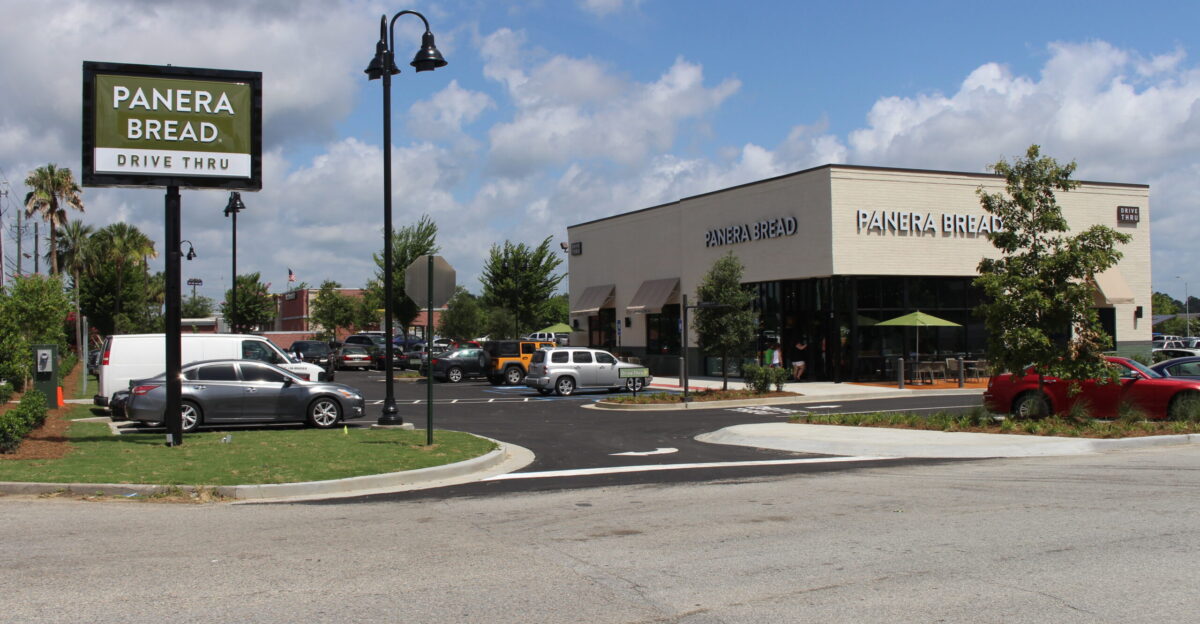
Buchanan stressed the heavy responsibility behind the choice: “We didn’t make this decision lightly… It’s about more than just consistency and operations — it’s about our team members, too.”
The company acknowledges the delicate balance between improving efficiency and honoring the people whose lives this change touches.
Bakers Call It the End of an Era
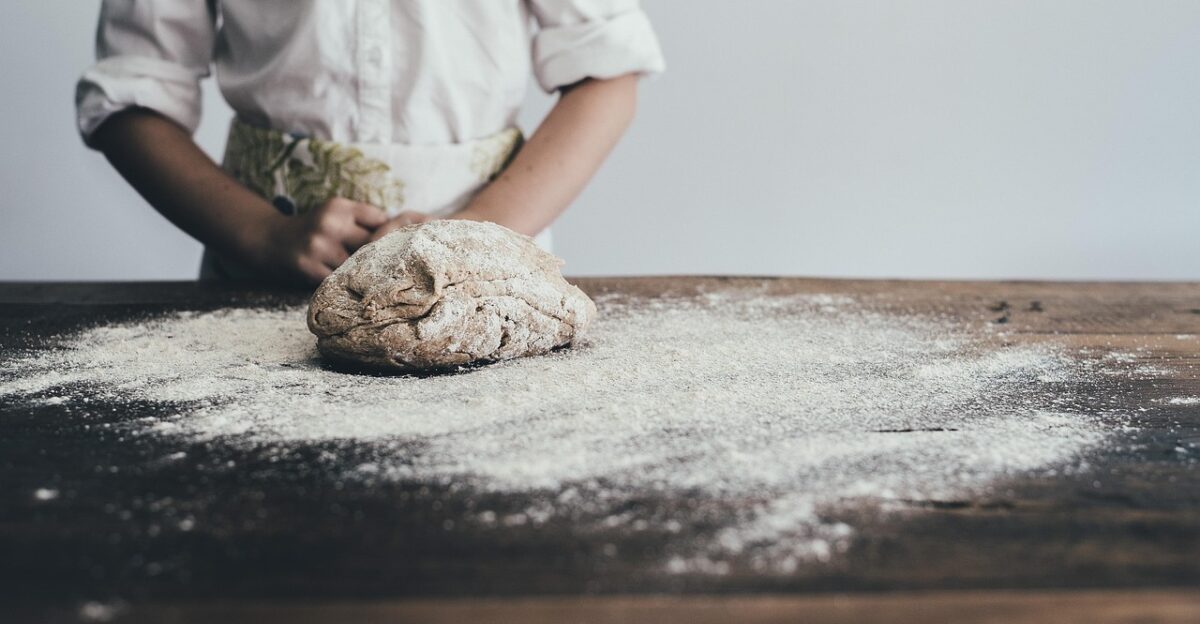
Current and former Panera bakers in online forums like Reddit describe the shift as heartbreaking. For them, it’s not just a job lost, it’s the early-morning camaraderie, the muscle memory of shaping each loaf by hand, and the pride that comes from knowing customers are biting into bread made just hours ago, not days.
It’s a craft and a community that goes far beyond the work itself.
Customers Have Their Doubts
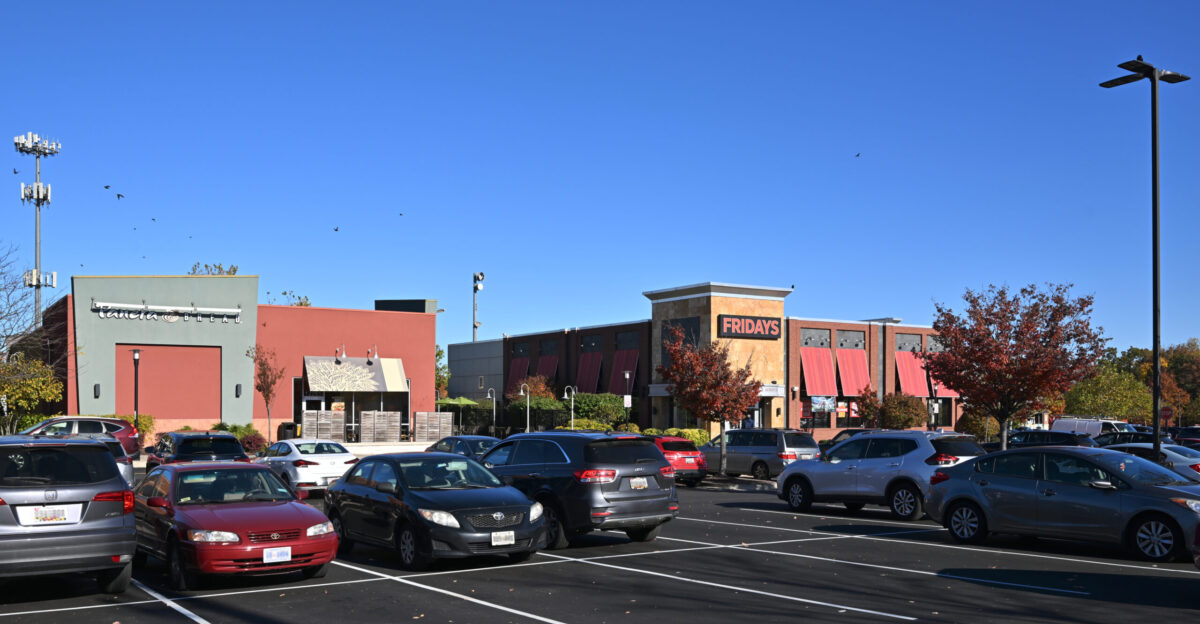
Loyal guests are also questioning the change. On social media, some claim the bread’s magic is already fading — crusts are missing their signature crunch, and flavors taste less alive.
For these customers, the shift to frozen dough feels like Panera is giving up a piece of its bakery‑café soul in exchange for speed and convenience.
A Menu Overhaul in the Mix
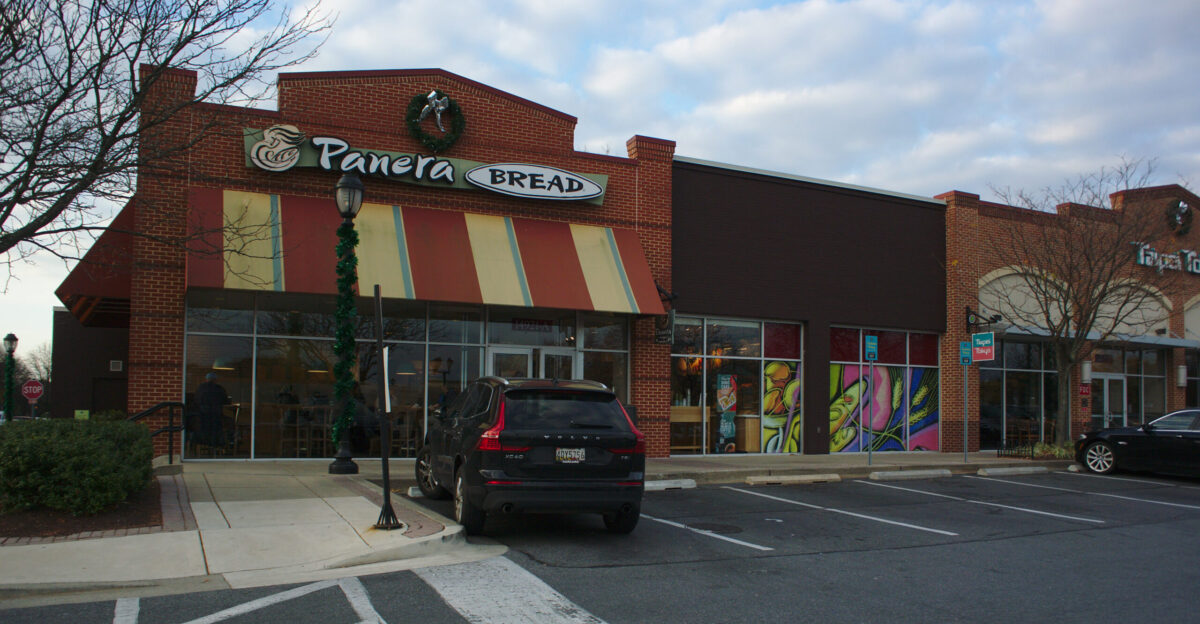
Bread isn’t the only thing changing. Panera trimmed 48 items from its menu, refreshed 12 longtime favorites, and introduced nine new offerings in a push to streamline operations and better match shifting consumer tastes.
For some guests, those changes cut deep – the beloved Tomato Mozzarella Toastie has quietly disappeared from several markets, and the familiar Country Rustic Sourdough has been swapped out for a different loaf entirely.
The Financial Pressures Behind It All
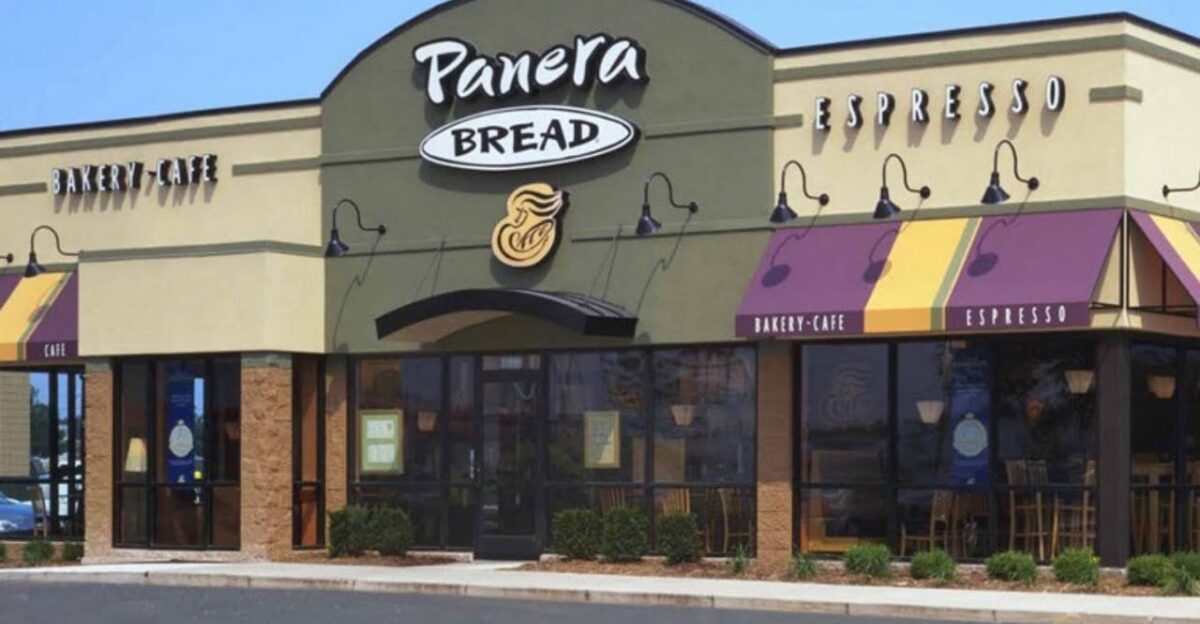
The numbers tell the story: in 2024, Panera’s sales fell 5% to $6.1 billion, according to Technomic, breaking its post‑pandemic growth streak. At the same time, rivals like Jersey Mike’s posted double‑digit gains according to Restaurant Business Online.
This signals a shift in where and how customers are choosing to spend their dining dollars.
The Parent Company’s Bigger Play
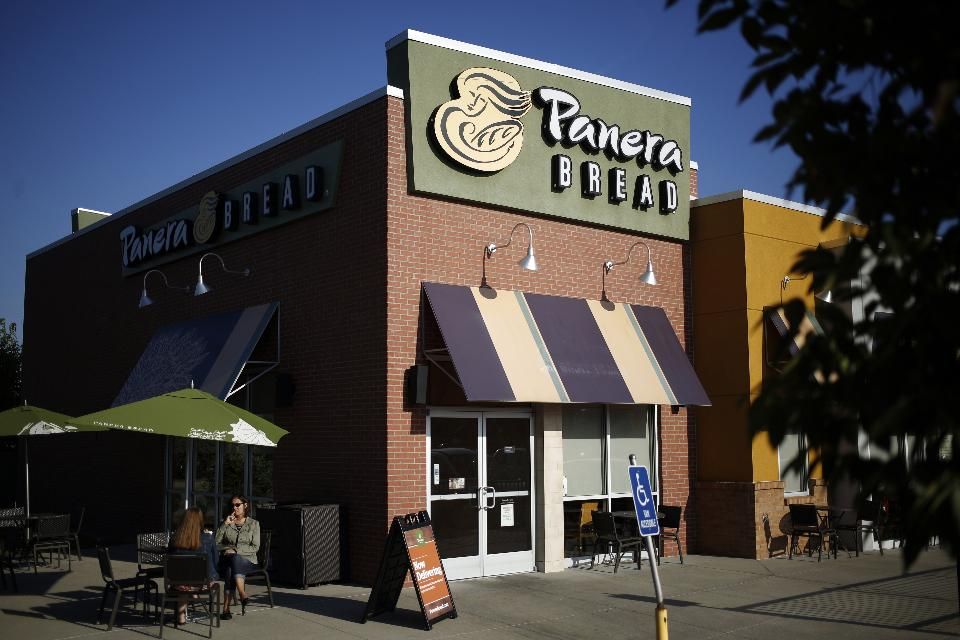
Parent company JAB Holding, which acquired Panera in 2017, is known for streamlining brands ahead of public offerings. Analysts suggest the operational shift could be part of a broader strategy to prepare Panera for a future IPO.
What Panera Risks — and What It Might Gain
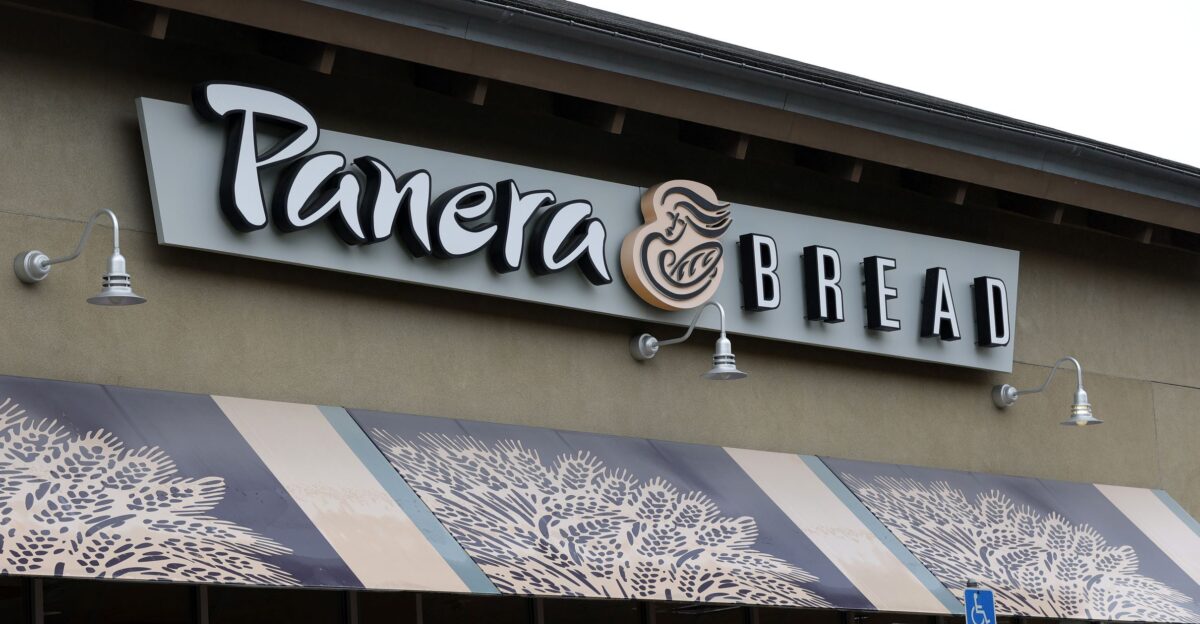
The shift could make Panera more efficient, scalable, and competitive. But it could also erode the authenticity that set it apart in the first place. As the last Fresh Dough Facilities close, Panera will find out whether customers value speed and consistency over the magic of bread made the way it’s always been done — and loved.
